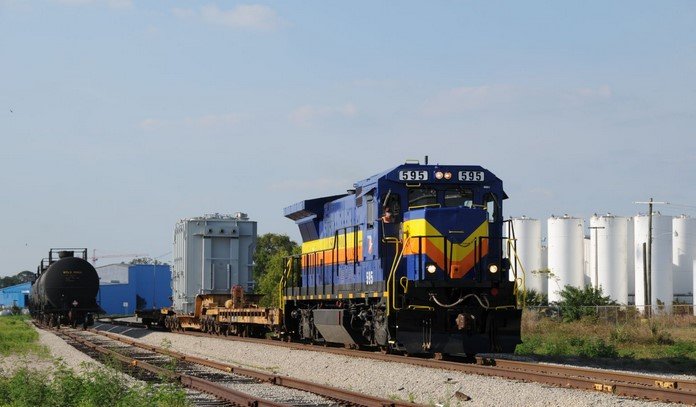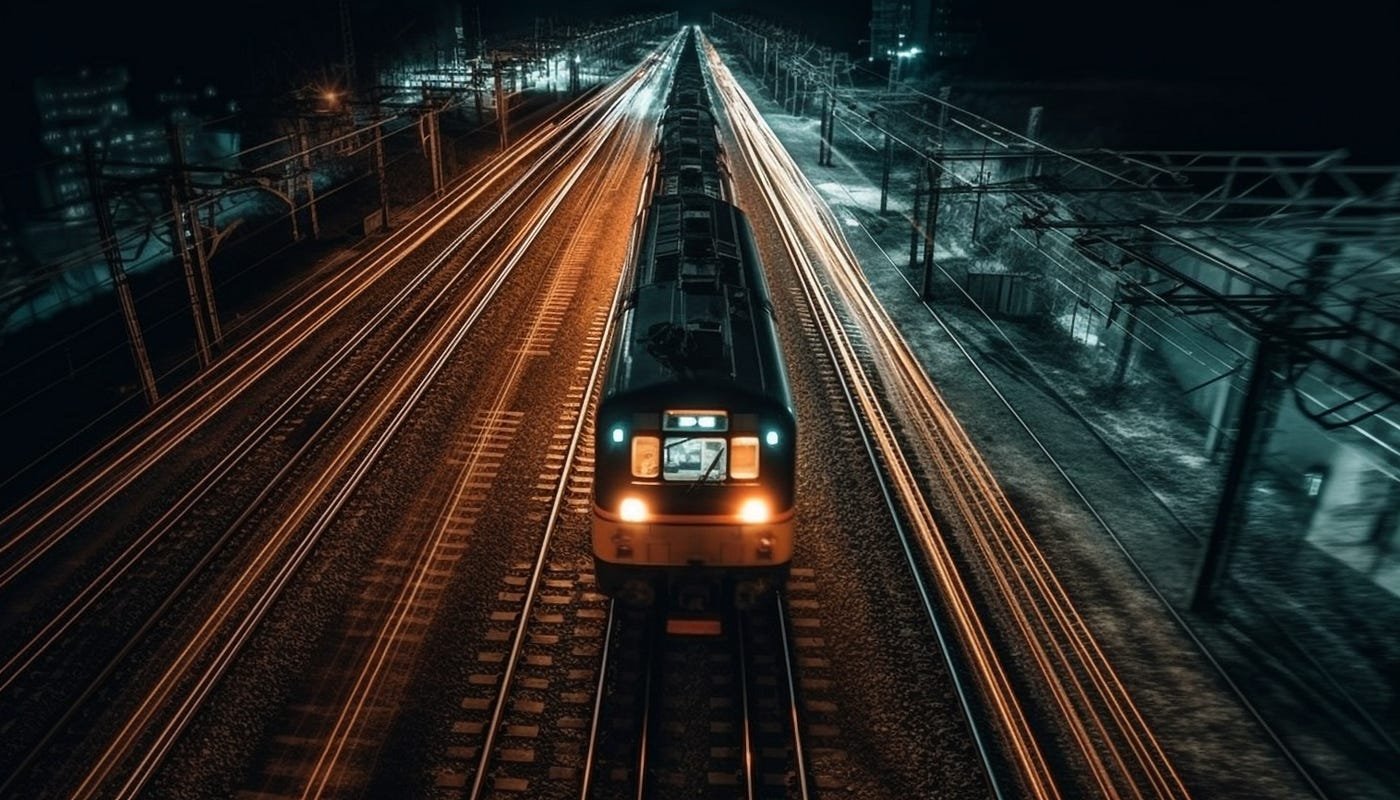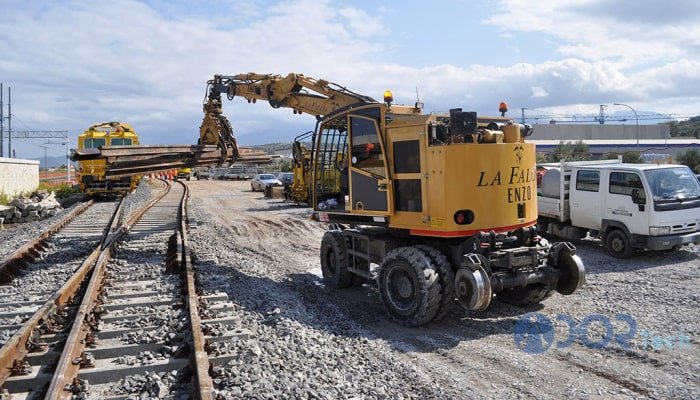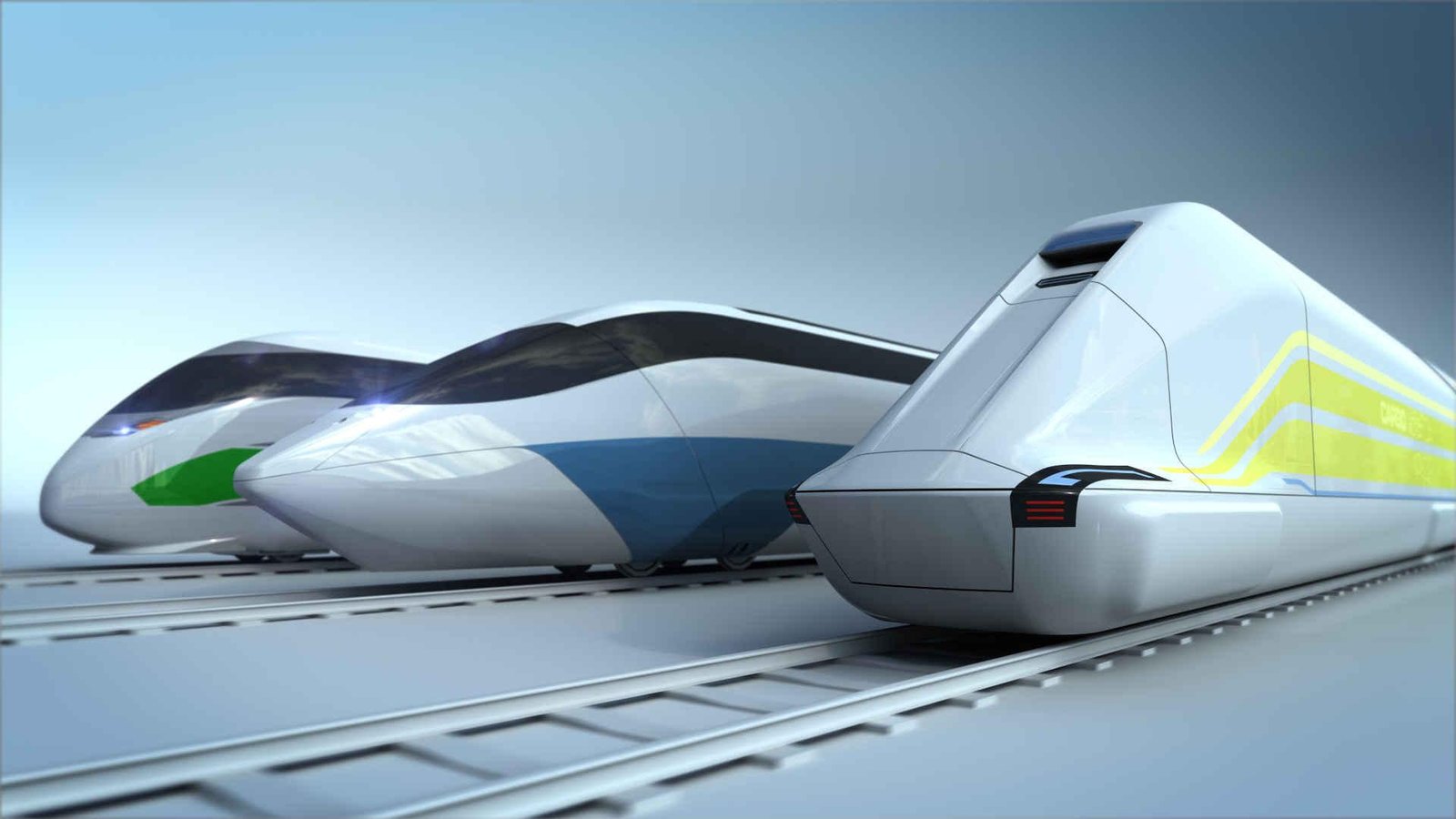Rail infrastructure plays a vital role in shaping economies worldwide. From boosting trade to enhancing connectivity, rail systems influence various sectors, such as manufacturing, tourism, and local development. In this post, we will explore how rail infrastructure contributes to economic growth, focusing on its impact on trade, job creation, regional development, and sustainability.
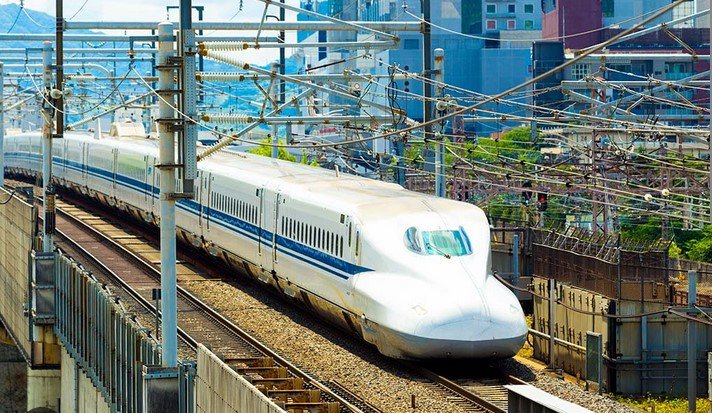
Rail Infrastructure and Trade
One of the primary economic impacts of rail infrastructure is its contribution to trade and logistics. Rail transport provides an efficient, cost-effective method for moving goods over long distances, often surpassing road transport in capacity and fuel efficiency. Freight rail is especially critical in countries with large land areas, where highways are limited or congested.
Rail plays a key role in transporting bulk goods, such as coal, oil, agricultural products, and manufactured goods. By connecting producers to ports, industrial centers, and marketplaces, rail infrastructure facilitates the flow of products, thus strengthening domestic and international trade. This has a direct impact on GDP, as it enhances a country’s ability to export and import goods at competitive prices.
Job Creation and Economic Activity
The development and maintenance of rail infrastructure generate significant employment opportunities. The construction of railways, stations, and other facilities requires skilled labor, ranging from engineers to laborers. Additionally, maintaining and upgrading rail networks creates long-term jobs in areas like signaling, track repair, and customer service.
Beyond direct employment in the rail sector, rail infrastructure stimulates economic activity in other industries. For instance, industries such as steel manufacturing, construction, and transportation services rely on railroads to move raw materials and finished goods. The rail sector also supports jobs in sectors like tourism, retail, and real estate by enhancing accessibility and encouraging investments.
Furthermore, the expansion of rail systems often leads to an increase in local employment. New rail lines can connect underdeveloped or remote regions to larger economic hubs, offering new opportunities for residents and businesses. This makes rail infrastructure a key driver of regional economic growth, particularly in rural or underserved areas.
Regional Development and Connectivity
Rail infrastructure plays a critical role in regional development by improving connectivity. For many smaller towns and cities, railways offer the most reliable means of connecting to larger metropolitan areas. Enhanced connectivity encourages investment, increases business activity, and attracts tourists.
In many cases, the introduction of new rail lines has spurred the development of previously overlooked areas. Cities and towns along rail corridors often see a rise in property values, as people are more likely to live in areas with good transport connections. Real estate developers often target regions near rail stations for residential, commercial, and mixed-use developments.
In addition, rail infrastructure supports the growth of tourism by providing a convenient and scenic way to travel between destinations. Many tourist regions now rely on rail to bring visitors to key attractions, benefiting local economies by generating spending on hotels, dining, and services.
Sustainability and Environmental Benefits
Rail infrastructure is not only economically beneficial but also environmentally sustainable. Compared to road and air transport, trains produce fewer emissions per passenger or ton of freight. As a result, investing in rail systems contributes to reducing carbon footprints, which is especially important in the context of climate change and sustainability goals.
The efficiency of rail transport reduces congestion on roads and highways, decreasing the need for costly road maintenance. It also reduces the number of trucks on the road, lowering wear and tear on infrastructure and lowering the likelihood of accidents. As a result, rail infrastructure helps reduce public spending on road repairs and safety improvements.
Moreover, the growing emphasis on electrifying rail networks, which reduces reliance on fossil fuels, contributes to long-term environmental sustainability. This is increasingly important as governments and organizations prioritize green initiatives and sustainable practices.
Conclusion
The economic impact of rail infrastructure is profound. From driving trade and job creation to fostering regional development and promoting sustainability, rail systems are essential to modern economies. As rail networks continue to expand and modernize, their role in shaping economic growth will only grow more significant. Governments, businesses, and communities must continue to recognize the importance of investing in rail infrastructure to unlock its full potential.

